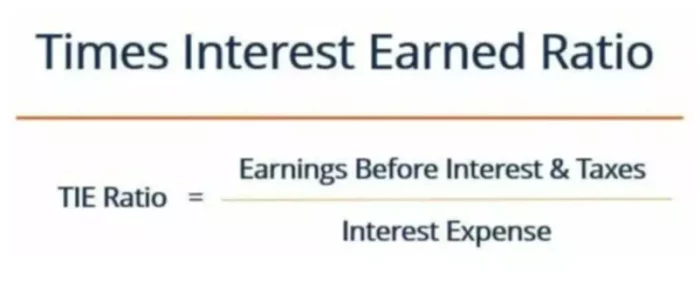The modern business and corporate environment requires businesses to have sufficient resources to compete on an equal footing with competitors. At the same time, at the initial stage of activity, the majority of entrepreneurs do not have decent amounts of equity capital. In this regard, the management makes a decision to arrange long-term loans and borrowings with a short repayment period. The ratio we are going to discuss in this article helps businesses evaluate whether it even makes sense to take a loan or not.
Definition
Times interest earned ratio helps to determine whether an organization has the ability to fulfill its obligations before creditors. The TIE ratio shows the users how many times it would be possible to pay interest at the expense of the company’s profit. One can also use this ratio to judge how much the operating profit of the organization can be reduced so it would still have funds to pay interest, and how much the revenues exceed the costs of the debts it serves.
The TIE ratio is useful in cases when the company needs to raise borrowed funds. Times interest earned ratio is a solvency ratio that will allow the management to understand if a loan will lead to a bankruptcy. The indicator allows finding a balance between EBIT and interest expenses. Basically, a calculation of this indicator of economic performance is used by internal analysts of credit institutions, since banking institutions must assess potential borrowers for the ability to repay interest-bearing liabilities.
Purpose
There are at least five situations when the calculation of this ratio is very useful for a business. The TIE ratio allows you to:
- see the picture of the financial stability of the enterprise in terms of repayment of interest on loans (if we consider the trend);
- find out the financial condition of the organization for the near future;
- determine the degree of sustainability of the enterprise, including to external influences;
- assess the risks of lenders when providing a loan;
- determine the ability of the enterprise to fulfill debt obligations and pay interest on borrowed funds.
Calculation
To calculate this ratio, you will need accounting records or the company’s Profit and loss statement. As you can see from the formula below, you will simply take the EBIT, which might also be referred to as operating income or income from operations, and divide by your company’s interest expense.
TIE ratio should be in the range of 3-4. If it is less than 1.5, this indicates a lack of income to cover the costs associated with debt and the need to take measures to reduce the amount of debt service. The company is very close to bankruptcy. A value above 4 indicates excessive caution in attracting borrowed funds, which reduces the return on the company’s own resources.



















